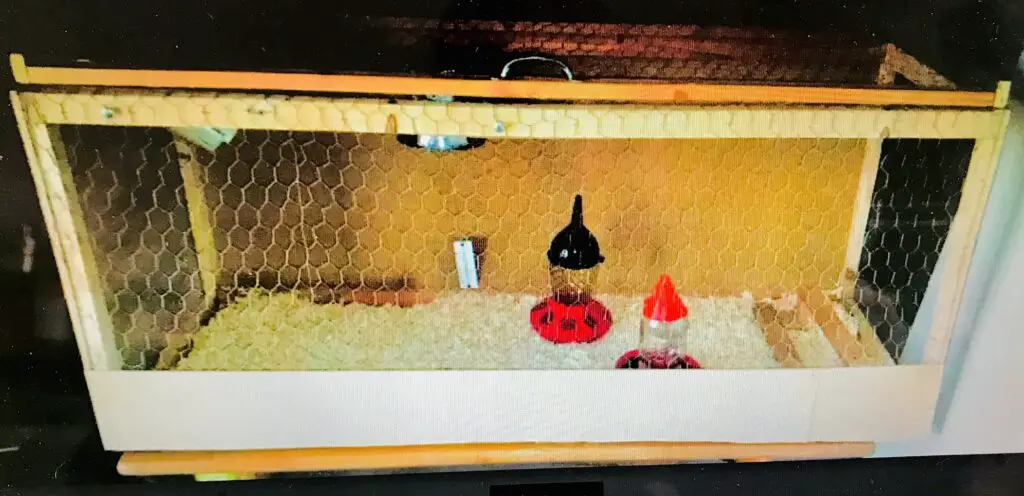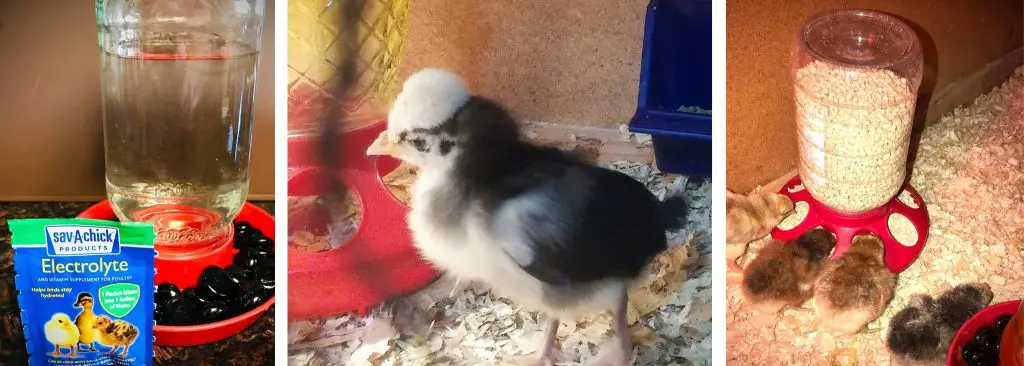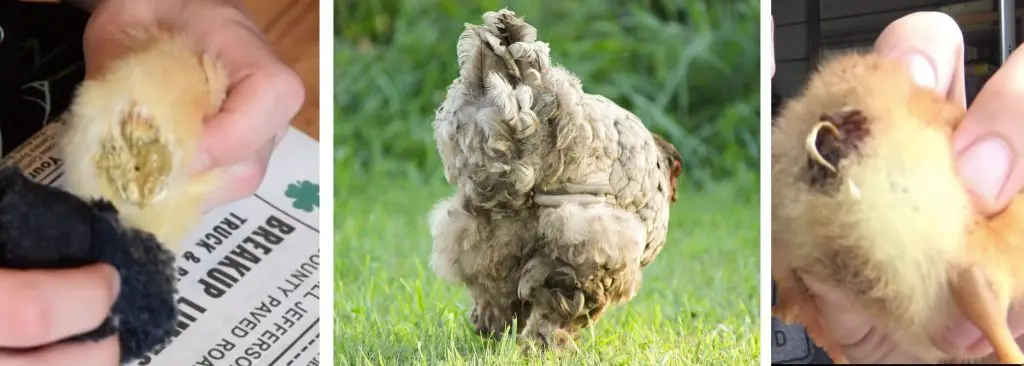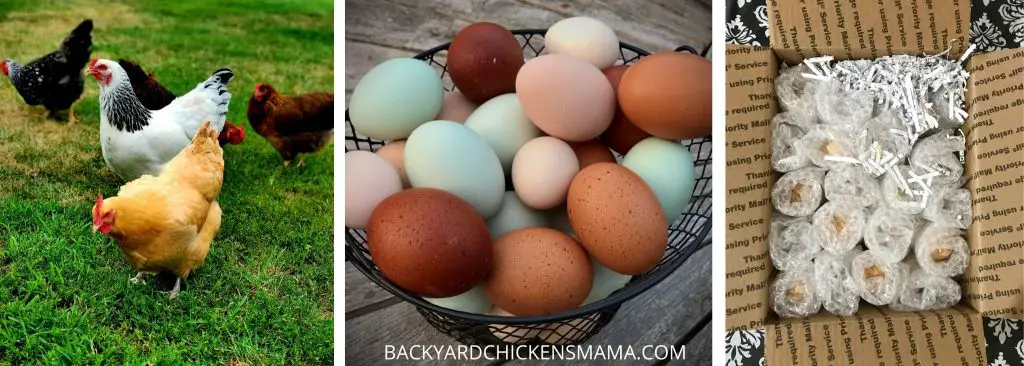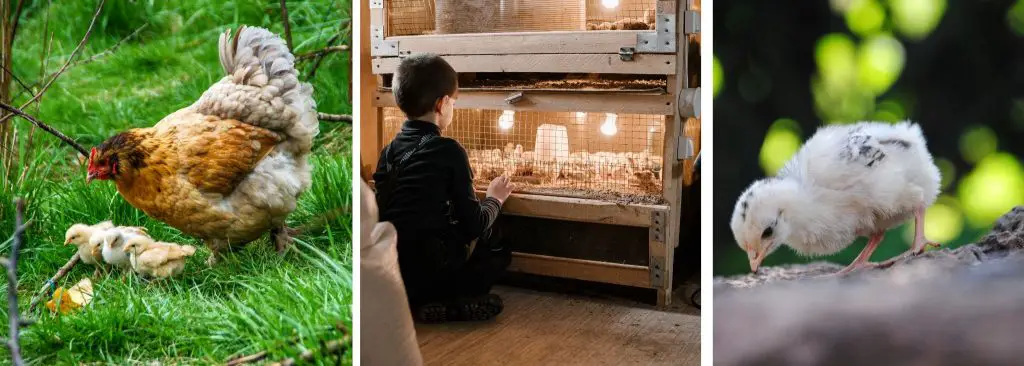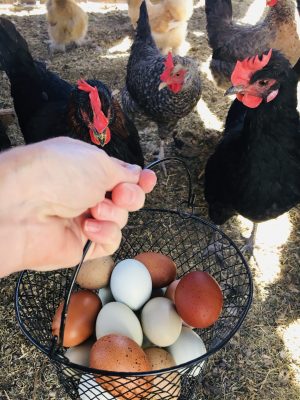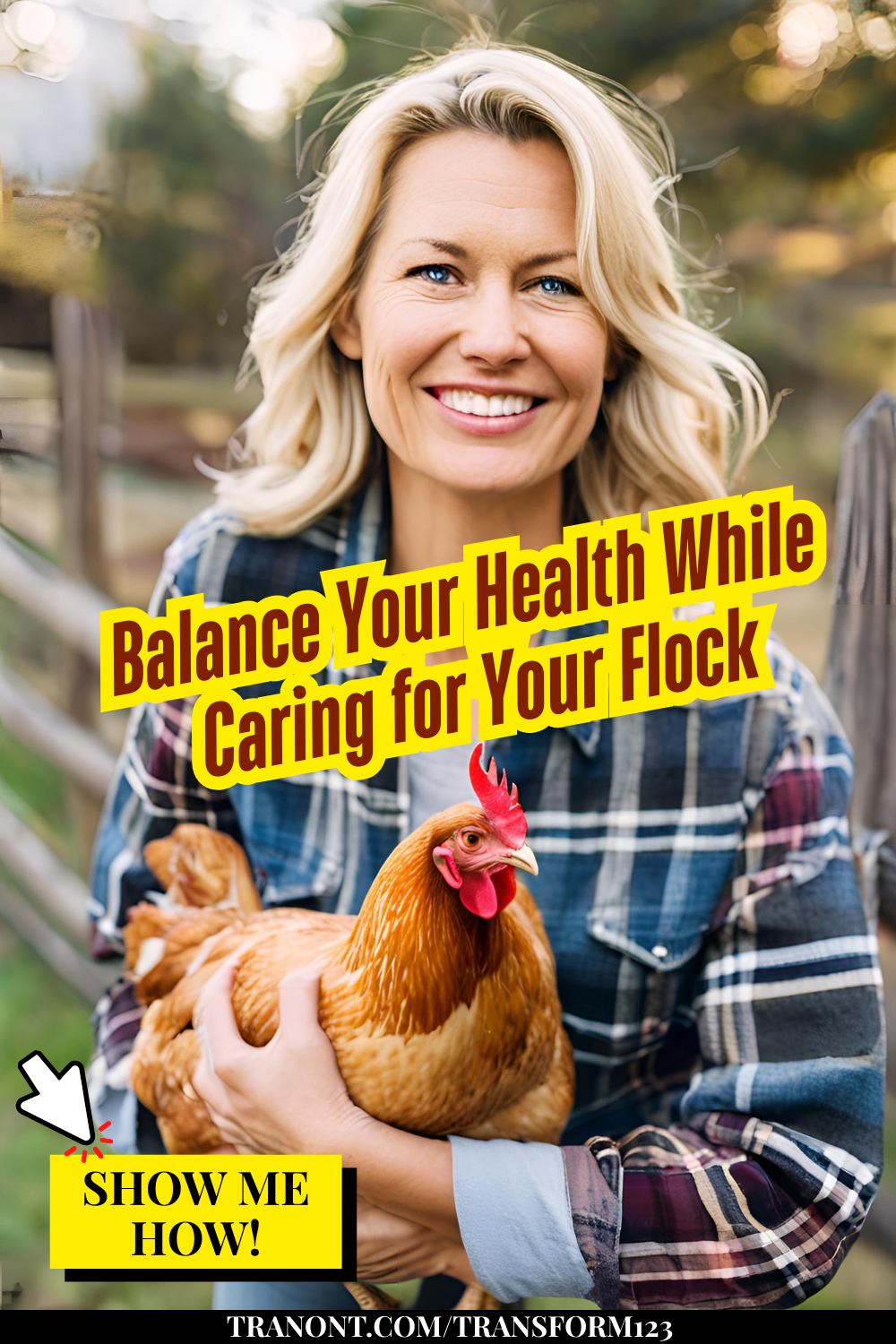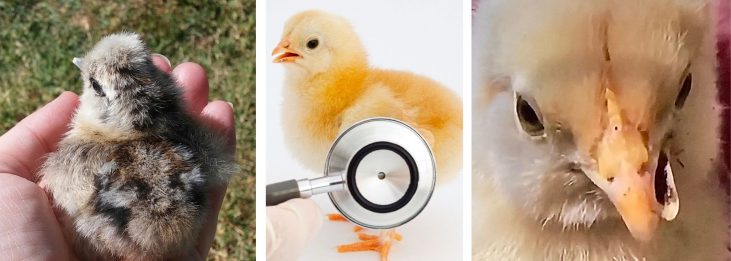
Choosing your new baby chicks is such an exciting experience! Whether you are purchasing from a local farmer or feed store, knowing what signs to look for will ensure you get the healthiest chicks possible.
If you are purchasing from an online breeder you won’t be able to hand pick your chicks, but there are many things that you can do to ensure you will get the healthiest chicks possible.
This article will show you how to choose healthy baby chicks. Find out what is important to know before you purchase from a local farmer, feed store or online breeder and how to hand pick the healthiest baby chicks.
Advantages of Purchasing Locally
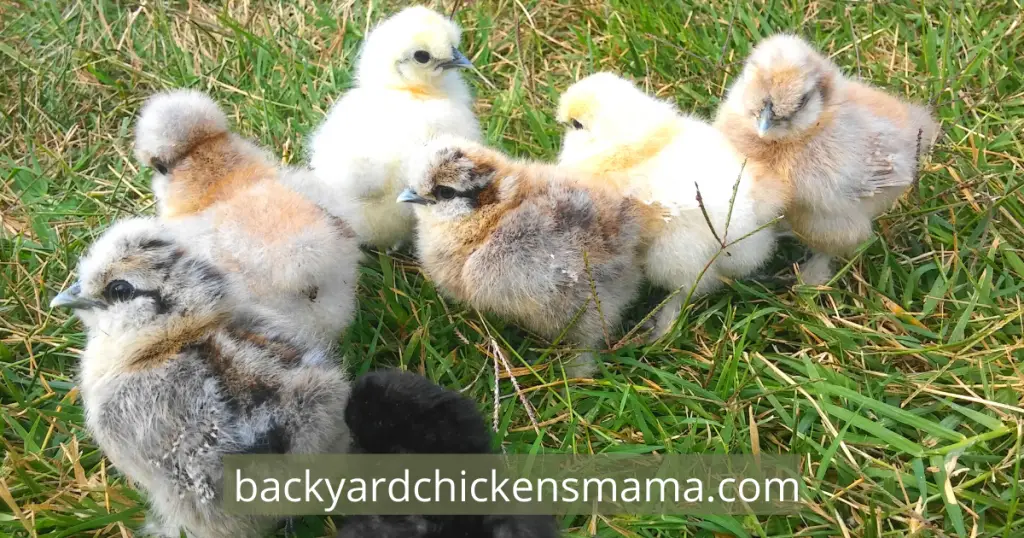
If you are purchasing locally, this is great because you are able to ask the breeder questions, see the breed stock and hand pick your chicks. Knowing how to choose healthy baby chicks will ensure you get the healthiest flock of chickens possible!

Increases egg laying naturally.
- Improves chicken health.
- Deters parasites: mites, lice, fleas & flies as well as mice, rats, raccoons, coyotes, opossums and more!
- On SALE!
- Shop: Nesting Box Herbs
1. Know the Signs of a Healthy Baby Chick
| SIGNS OF A HEALTHY BABY CHICK |
|---|
| ALERT |
| BRIGHT EYED |
| EATING & DRINKING |
| ACTIVE |
| QUIETLY CHIRPS |
| STRAIGHT LEGS |
| TOES STRAIGHT |
| WALKS NORMAL |
| POOP NORMAL |
| CLEAN BROODER |
Alert: Healthy chicks will be alert. It is normal for baby chicks to sleep, of and on, especially the first 2-3 days, but a healthy chick will also run around too.
Bright Eyed: A healthy chick will have bright eyes, without any discharge or crust coming from them.
Will Eat and Drink: A healthy chick will eat and drink throughout the entire day.
Active: A healthy chick moves around looking for food and water. Will run away when approached. Will move toward warmth.
Quietly Chirps: It is normal for a healthy chick to quietly chirp. A distressed chick will loudly chirp non stop.
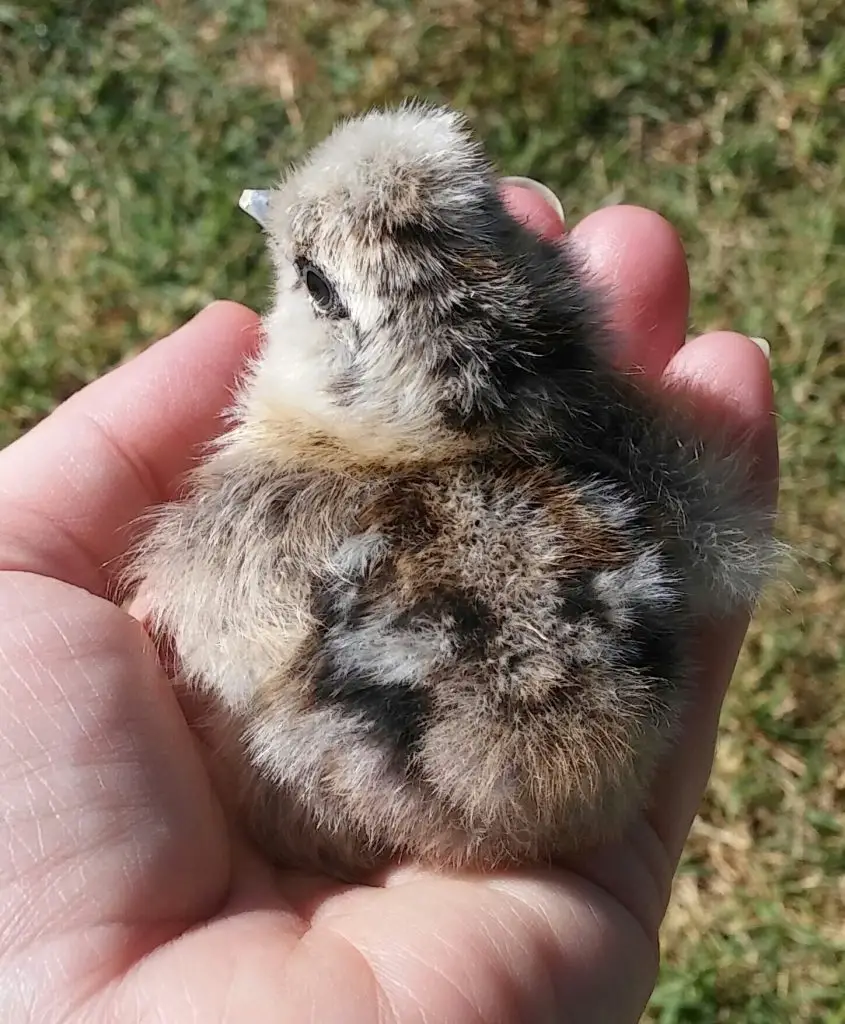
Straight Legs: Inspect each chicks legs to make sure that both are straight and not deformed in any way.
Toes Straight: Check both feet for deformed toes. Each chick should have 4 toes. Some breeds, such as the Silkie, Faverolle, Sultan, Dorking and Houden breeds should have 5 toes.
Walks Normal: Observe each chick as it walks. It should be able to walk upright with its feet directly under it. It shouldn’t limp. If its legs or toes aren’t straight, it may have difficulty walking. There are certain diseases such as Mareks Disease that a chick will have difficulty walking due to paralysis in the legs.
Poop: A chicks poop should not be runny or contain any blood. It should be firm enough to hold its shape. Healthy chicks will poop 12-15 times a day.
Make sure that you have your brooder box ready for your healthy baby chicks! For more information on what you need for your brooder box to continue raising healthy chicks, ready my article 10 Simple Brooder Box Supplies You Need for Thriving Chicks.
2. Know the Signs of an Unhealthy Baby Chick
| SIGNS OF AN UNHEALTHY BABY CHICK |
|---|
| PASTY BUTT |
| DIARRHEA |
| CRUSTY EYES |
| SNEEZING |
| CROSSED BEAK |
| LOSS OF FEATHERS |
| NOT ALERT |
| HEAD DROOPING |
| WITHDRAWN |
| EYES CLOSED |
| SPLAYED LEGS |
| CROOKED TOES |
| LIMPING |
| SHIVERING |
| BLEEDING |
| DIRTY BROODER |
| NOT EATING OR DRINKING |
Pasty Butt– pasty butt is poop that is stuck to the chicks vent. This needs attended to ASAP. A chick with pasty butt can die within 24 hours if not treated. This can also occur in healthy chicks, but you are best to choose a chick without it.
Diarrhea: Diarrhea can signify many different illnesses. It can also occur if a chick has been chilled, such as during transport. If it is from an illness, such as coccidiosis this can spread throughout all of the chicks. It is best not to purchase from this batch of chicks.
Crusty Eyes: Crusty eyes can occur if the chick is suffering from a respiratory illness that causes drainage of the eyes and nose and crusting over. If any chicks in the batch of chicks is suffering from this, it is best not to purchase any of them.
Sneezing: Sneezing can also signify a respiratory illness. Be cautious choosing any chick that is sneezing, especially if there is any drainage from the eyes or nose.
Crossed Beak: This is also called, “scissor beak.” Chicks that have a crossed beak will not be able to eat and drink properly and most do not do well.
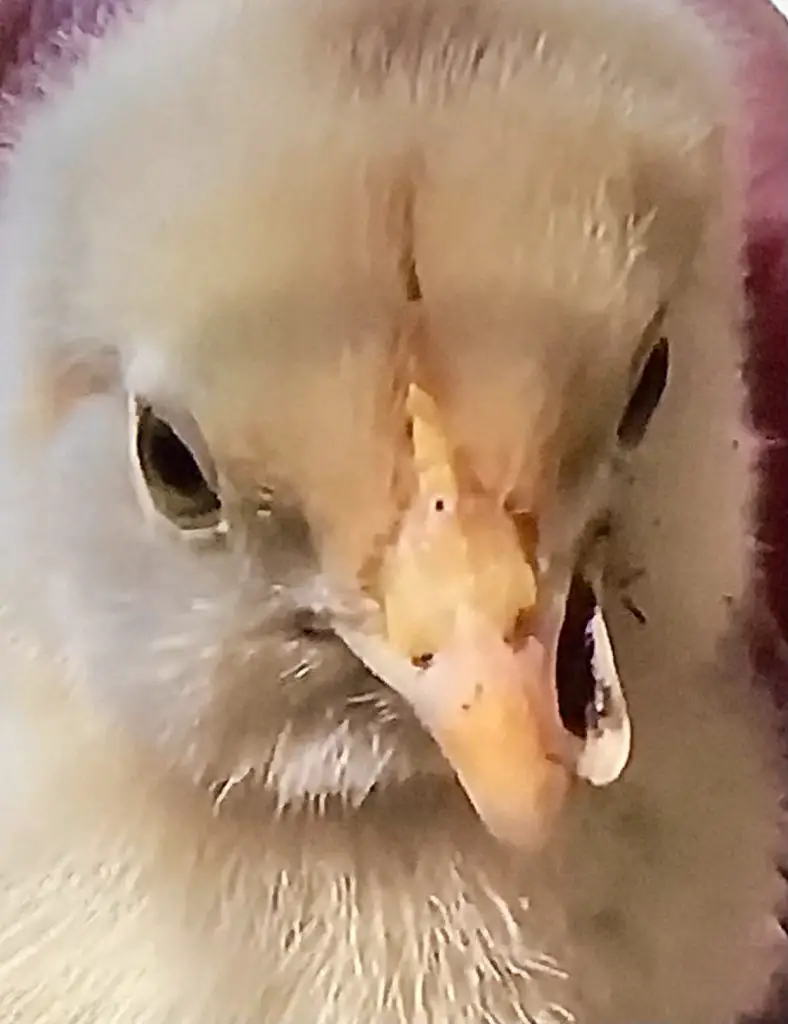
Loss of Feathers: Young baby chicks should be fully covered in their “fluffy” feathers. If you are purchasing an older chick, it is normal for them to lose their fluff and grown in new feathers.
Not Alert: A healthy chick will be alert and easy to arouse. If you see a chick that is lethargic, it is not healthy.
Head Drooping: Head drooping can be a sign of weakness or disease.
Withdrawn: Chicks that are withdrawn or huddled off alone are not healthy. Healthy chicks will migrate towards each other, eat, drink, bright eyed and are active.
Eyes Closed: Healthy baby chicks will sleep a lot, especially the first couple days, but at the same time they are equally as much active. You should be able to observe them bright eyed being active, eating, drinking, walking and running around.
Splayed Legs: Some chicks, especially weaker chicks, that have had a difficult time hatching may have splayed legs. They cannot stand upright, instead their legs are “splayed,” out to their sides.
Crooked Toes: Crooked toes can be a sign of a lack of vitamins, an improper temperature during incubation or even inbreeding.
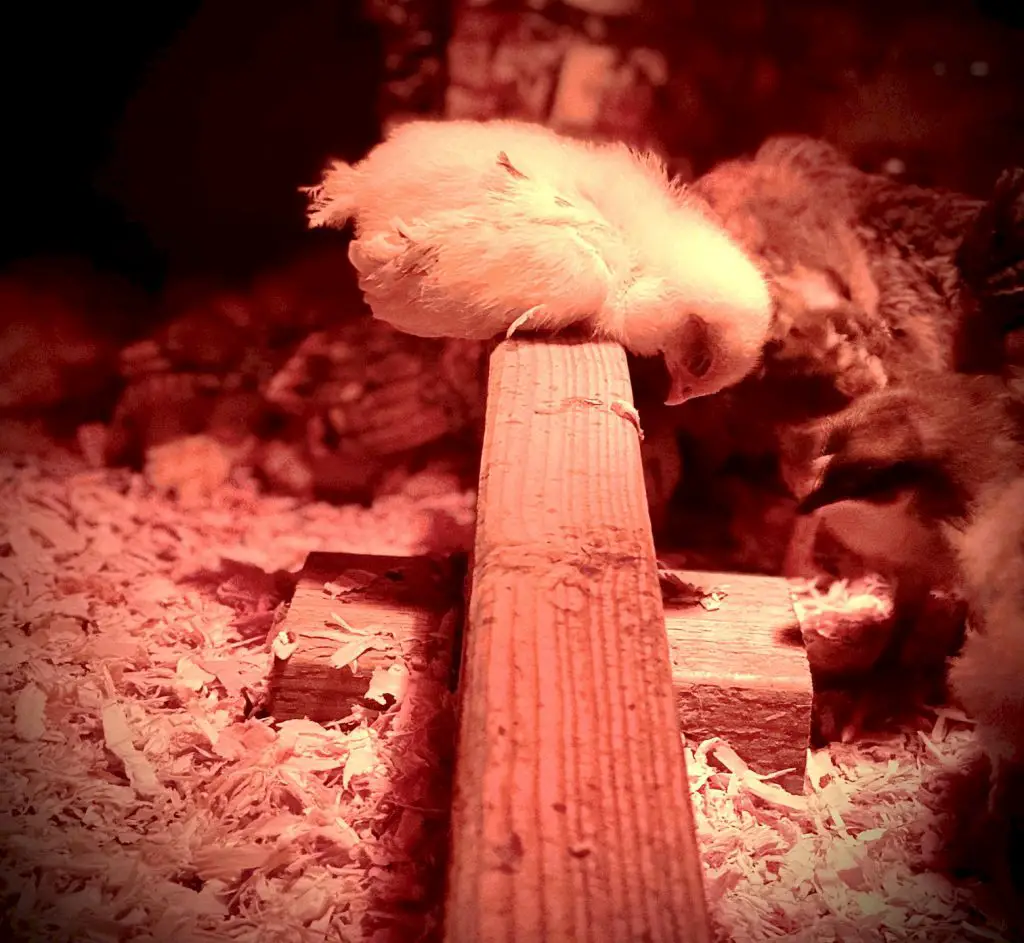
Limping: Limping can be a sign of an injury or a chick suffering from a disease.
Shivering: If a chick is shivering and is getting sufficient heat, this can be a sign of illness. Newborn chicks should be under a heat lamp and exposed to 95 degrees for the first week and 5 degrees less each week until fully feathered.
Bleeding: Inspect your chicks for any cuts or bleeding. Chicks that have been injured will be weaker chicks and not as likely to survive.
Brooder Dirty and Wet: Inspect the brooder when you are choosing your chicks. Chicks that are well taken care of should have a clean and dry brooder. Wet brooders are likely to breed bacteria, causing illnesses in baby chicks. Clean food and water, without droppings inside.
Does Not Eat or Drink: Healthy chicks should eat and drink throughout the day. Make sure you see the chicks that you choose eat and drink before you choose them.
3. Purchasing Chicks from a Local Farmer
You have an advantage if you are purchasing your chicks from a local farmer. Being able to see what type of environment the chicks are coming from as well as how they are being cared for can tell you a lot about the chicks that you are getting from them.
You not only can see how the breed stock of the chicks but you will get to hand pick out the healthiest looking one’s.
Don’t be afraid to ask the breeder questions about his flock. You want to make sure you pick out the healthiest chicks possible!
Before Purchasing Chicks Ask the Local Farmer:
- What do you feed your chickens? Healthy chicks come from parents that are fed a healthy diet. This includes being provided the proper layers feed for the hens.
- Are your chickens allowed to free range? An added bonus would be if they allow their flock to free range. Free range chickens are happier, get more exercise, sunshine and produce healthier eggs and chicks.
- Can I see the rooster and hen that produced the chicks?
- Are all of the chicks healthy? Make sure that all of the chicks that hatched are healthy. With diseases, if one chick suffered from it, the others likely will too.
4. Purchasing Chicks from a Local Feed Store
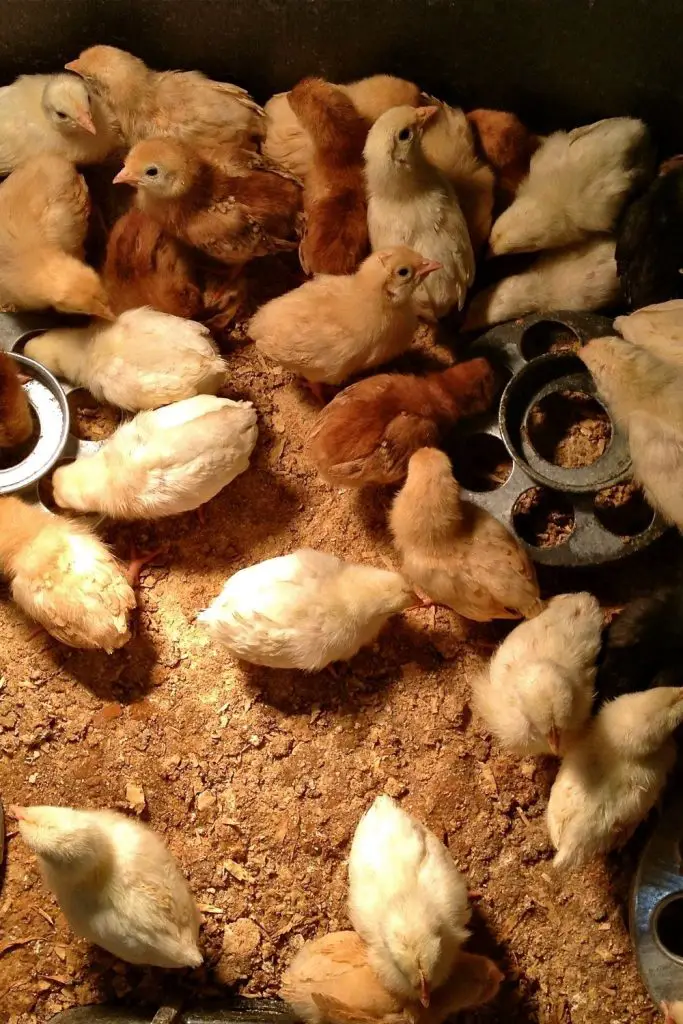
Find out where the feed store gets their chicks from. They usually get them from the most local hatchery. Check for any reviews online about the hatchery. If they have quite a few bad reviews, you might want to look elsewhere.
It isn’t easy to walk away from a bunch of adorable fluffy chicks. But if you feel that things aren’t just right, you should walk away.
Don’t think you can nurse a limping chick back to health or heal a sick baby chick.
Chances are that if one chick is ill, more within the flock probably will be too.
Nothing is worse than bringing some new baby chicks home and have them suffer and die.
Check your local TSC to find out when they will be receiving their shipment of baby chicks.
5. Purchasing Chicks Online
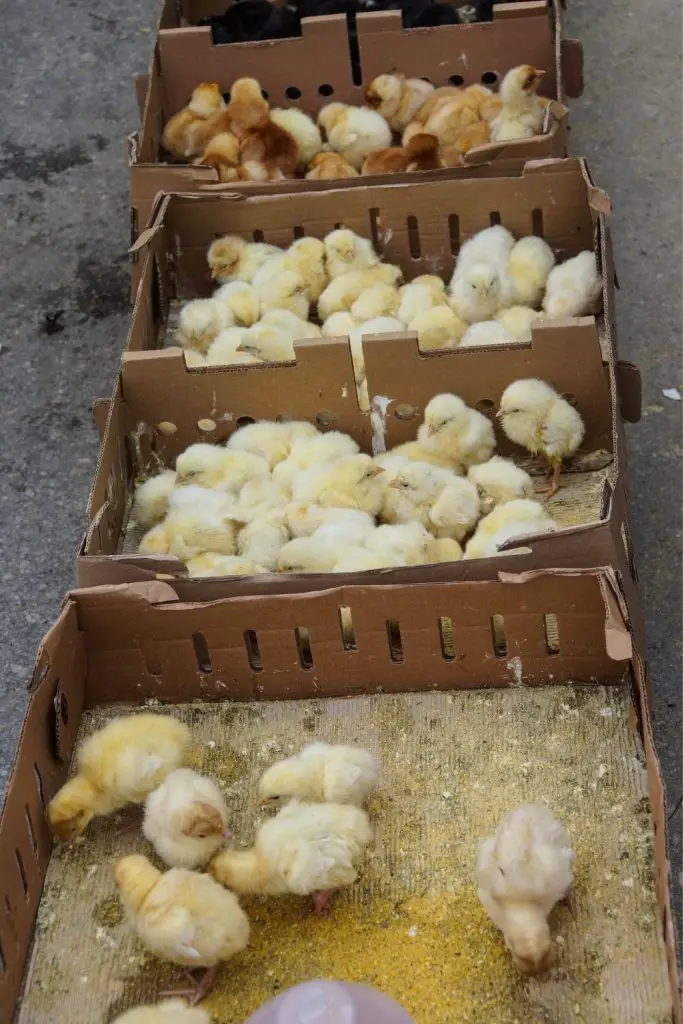
Purchasing online is always a risk to the chicks in transport. You are leaving it up to the postal service to deliver your precious cargo in a timely and gentle manner.
- How did you hear about the breeder? If you were recommended to this breeder from someone that has ordered from them before, this is great! If they had a good experience with receiving healthy chicks and would order from the again, they must be pretty good.
- Check reviews on the breeder. Google the business name of the breeder and check for reviews. If people are not happy, they will often want to let others know and many will write a review to get the word out there.
- Ask the seller for a tracking number for your baby chicks. This way you can track where your baby chicks are as they are in transit.
- Make sure you are home to receive your chicks on delivery day. If you are having your chicks delivered to your home, your postal worker will most likely place the package somewhere on your doorstep. This can be detrimental if they leave the package in the sun.
- Ask if you can pick your chicks up at your local post office.
Common Diseases in Newborn Chicks
| COMMON CHICK ILLNESS | SYMPTOMS | COMMON CAUSE |
|---|---|---|
| PASTY BUTT | POOP STUCK ON BUTT | UNSANITARY BROODER CHILLED/STRESSED CHICK |
| SALMONELLA | DIARRHEA, WEAKNESS, LACK OF APPETITE | BACTERIAL INFECTION |
| COCCIDIOSIS | BLOODY, MUCOUSY DIARRHEA | INTESTINGAL PARASITES |
| MAREK’S DISEASE | PARALYSIS OF LEGS, CLOUDY EYES | VIRAL DISEASE |
| OMPHILLITIS “MUSHY CHICK SYNDROME” | INFECTION OF NAVAL | UNSANITARY BROODER |
| ASPERGILLOSIS “BROODER PNEUMONIA” | DIFFICULTY BREATHING, NASAL DISCHARGE, OPEN MOUTH BREATHING | UNSANITARY BROODER |
| BRONCHITIS “CHICK COLD” | NASAL AND EYE DISCHARGE, COUGHING AND SNEEZING | UNSANITARY BROODER |
| ROT GUT | ROTTEN SMELLING DIARRHEA, WEAKNESS | UNSANITARY BROODER, OVERCROWDING |
Conclusion: How to Choose Healthy Baby Chicks
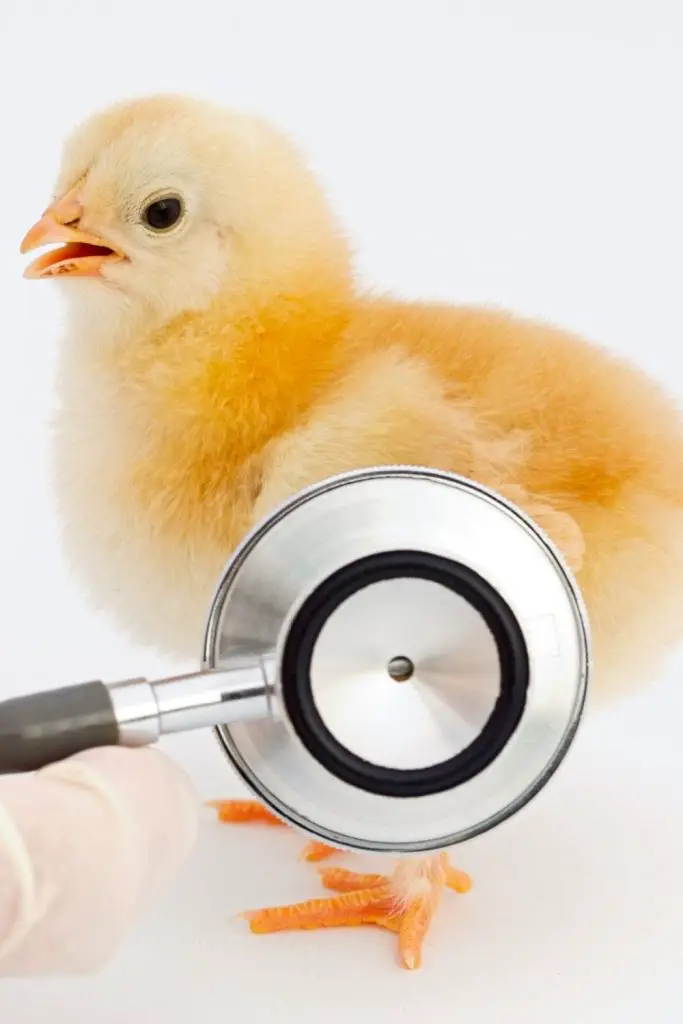
When choosing your baby chicks from a local farmer or feed store, take your time to observe them and make sure that they have all the qualities of a healthy chick.
If you are buying online, research the breeder by reading buyer reviews and asking the seller questions to ensure you will be getting the healthiest chicks possible.
Use the tables provided above as a checkoff list and don’t “settle” with chicks if you think there could be some health issues. Take your time. Many diseases can spread to all of the chicks in the flock. Choose only from a healthy batch of chicks.
By knowing how to choose healthy baby chicks, you will be setting yourself up for years of enjoyment with your flock of healthy chickens!

